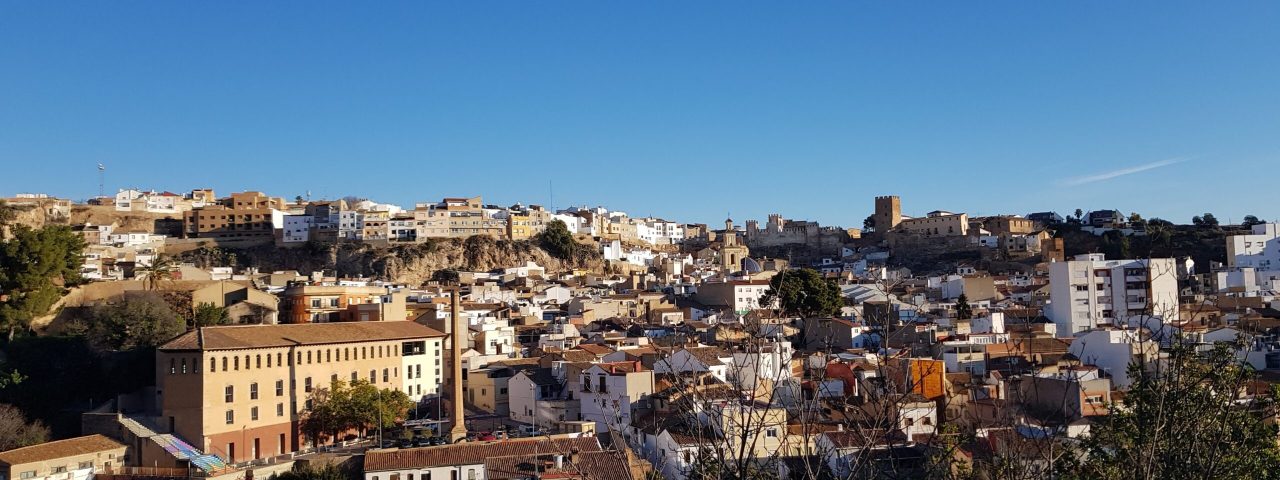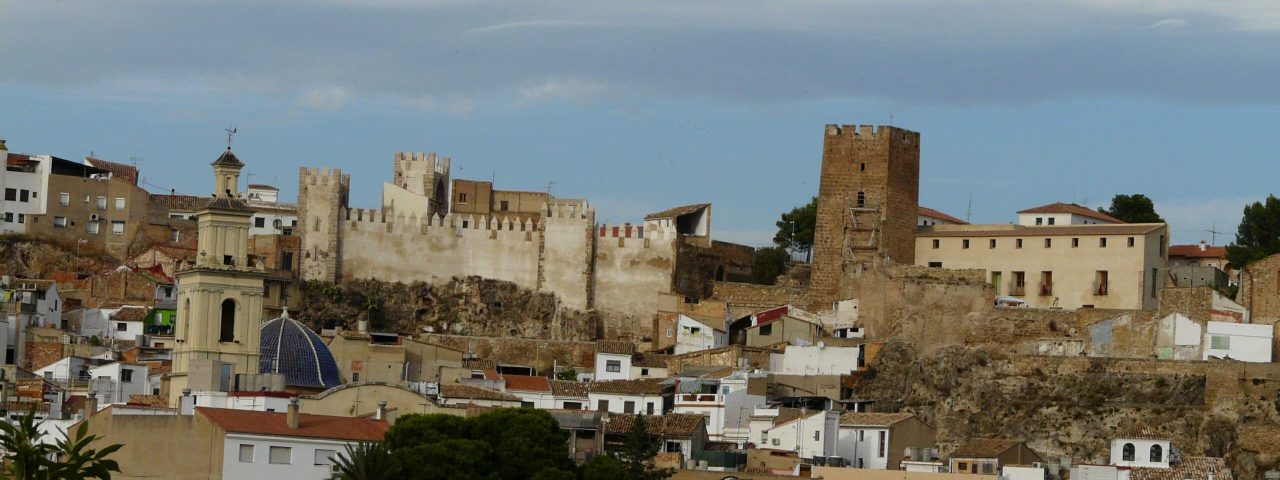Buñol has a rich history that dates back to Roman times, and its cultural development has been influenced by a succession of civilizations, including the Romans, Moors, and Christians. The town was a key settlement during the Moorish occupation of Spain, and its architecture and layout still reflect this influence. After the Christian reconquest in the 13th century, Buñol became part of the Kingdom of Valencia, and over the centuries, it developed into a thriving agricultural and industrial hub.
One of the most significant cultural aspects of Buñol is its world-renowned La Tomatina festival, which takes place annually in August. This tomato-throwing festival, which originated in 1945, draws thousands of visitors from around the globe for a day of fun and chaos. The festival has become a symbol of the town’s vibrant and playful spirit. In addition to La Tomatina, Buñol also celebrates traditional Spanish festivals such as Semana Santa (Holy Week) and Las Fallas, which are common throughout the Valencian region.
The town’s historical landmarks include the Buñol Castle, a medieval fortress dating back to the 11th century. The castle is one of the most significant historical sites in the town and offers panoramic views of the surrounding landscape. The town also has a strong musical heritage, with two important local music societies that perform regularly at the town’s Auditorium, which is renowned for its exceptional acoustics.


